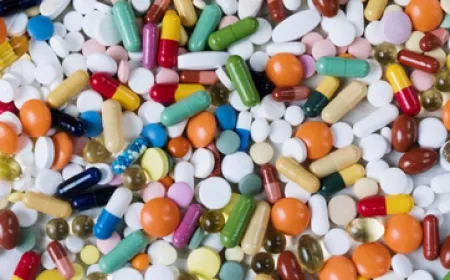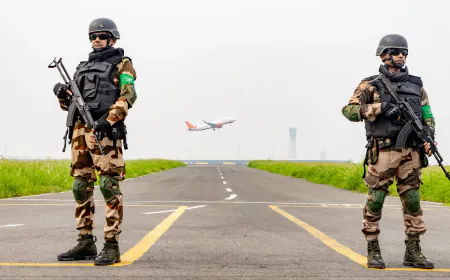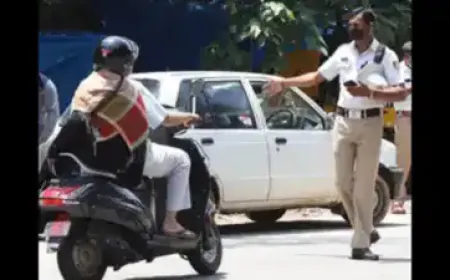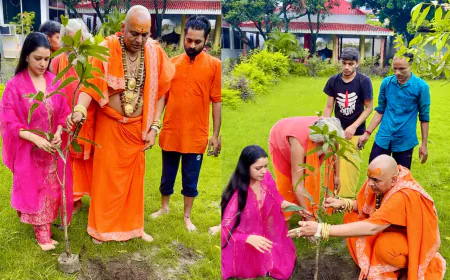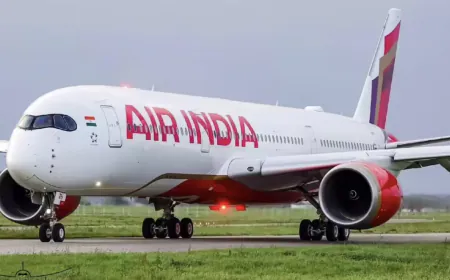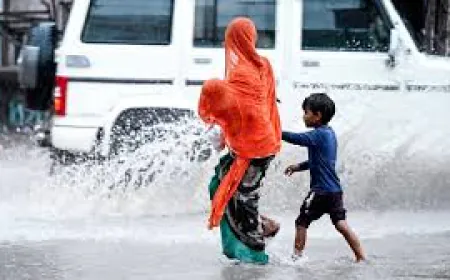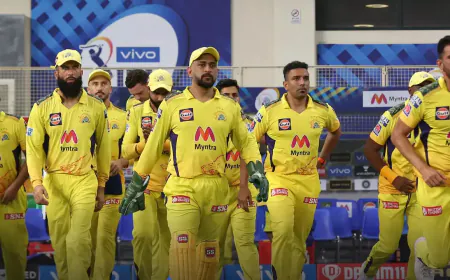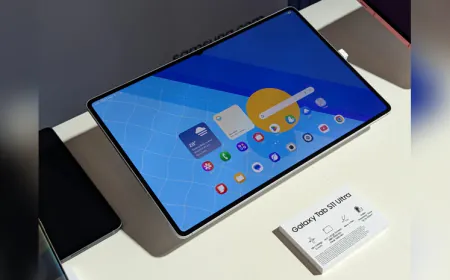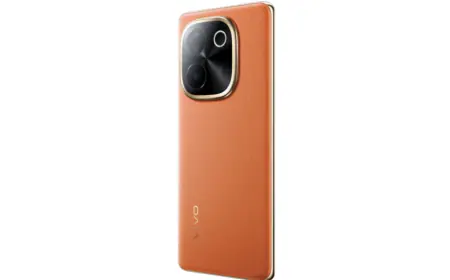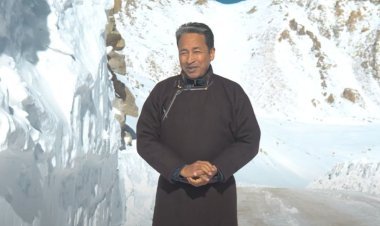ISRO postponed the docking of the Spedex mission, now the test will be done on this date instead of the 7th
ISRO: ISRO chief S Somnath has said that 'if India has to send Chandrayaan-4, build a space station and then send an Indian to the moon, then mastering docking is a necessary step.

Indian Space Agency ISRO has said that it has postponed the docking test under its Spedex mission for the time being. Actually, earlier this test was to be done on January 7, but now it will be done on January 9. However, ISRO has not disclosed the reason for postponing the test. Union Earth Science Minister Jitendra Singh named the Spedex mission as Indian docking technology. This is a completely Indian mission and India is going to carry out the docking test for the first time.
Under the docking mission, two specially designed satellites will be connected in the lower orbit of the Earth. So far only Russia, America, and China have mastered this complex technology and no country has shared the intricacies of this mission. Now India is preparing to achieve this feat on its own. Both satellites traveling at a speed of about 28,800 kilometers per hour will be connected. Under the test, the relative speed of the satellites will be slowed down using a set of sensors and then they will be joined together. Interestingly, ISRO has already taken a patent on the Indian docking mechanism.
It is also a pretty intricate technique, as both satellites have to be kept in orbit and most importantly, they should not collide with each other. "If India has to send Chandrayaan-4, build a space station, and then send an Indian to the Moon, then mastering the docking is an important step, ISRO chief S Somnath has said.
After their docking and undocking, these satellites will continue to work in Earth's orbit for two years. The satellites will work on different tasks, such as taking pictures and gathering information about the resources of Earth, and other scientific work. SDX01 has a high-resolution camera (HRC) while SDX02 has two payloads: 'Miniature Multispectral' (MMX) and 'Radiation Monitor' (RADMON). These payloads will click high-resolution images, monitor natural resources, study vegetation, and measure radiation in space.
For Latest News update Subscribe to Sangri Today's Broadcast channels on Google News | Telegram | WhatsApp



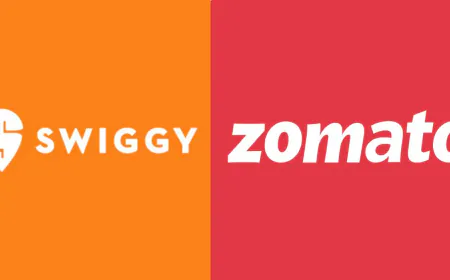























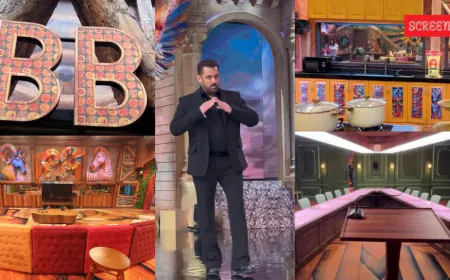









.jpeg)













